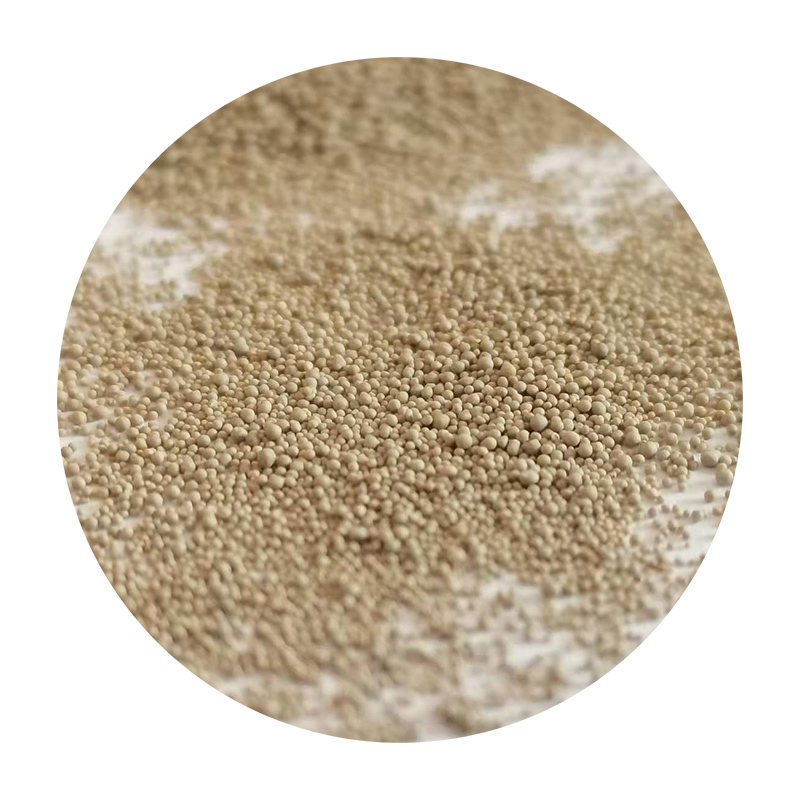How to Make Foundry Sand A Comprehensive Guide
Foundry sand is a crucial component in the metal casting industry, serving as the molding material that holds the shape of the metal as it cools and solidifies. High-quality foundry sand ensures the precision and strength of cast components. This article will guide you through the steps involved in making foundry sand, including the materials needed, the mixing process, and tips for achieving optimal results.
Understanding Foundry Sand
Foundry sand is primarily composed of silica (SiO2) and is used for creating molds for molten metal. The sand particles should be uniform in size and have a high degree of sphericity. The most commonly used sand types in foundries are silica sand, olivine sand, and chromite sand, each offering different properties based on the specific casting process and materials used.
Materials Needed
To make foundry sand at home or in a small-scale operation, you will need the following materials
1. Silica Sand The primary material used for foundry sand. It is readily available at most hardware stores or can be sourced from industrial suppliers. 2. Clay This is used as a bonding agent to help the sand hold its shape when mixed with water. Bentonite clay is commonly preferred due to its plasticity and bonding strength. 3. Water To activate the clay and achieve the desired moisture content in the sand mixture. 4. Additives (optional) Depending on the application, you may want to include additives like starch, which can improve the strength of the mold.
Step-by-Step Guide to Making Foundry Sand
1. Choose the Right Sand Start with high-quality silica sand. The ideal grain size is between 70-100 mesh, which balances permeability and mold strength. Avoid sand with impurities such as clay or silt.
how to make foundry sand

2. Prepare the Clay If you are using bentonite clay, mix it with water in a separate container to create a slurry. This helps in evenly distributing the clay particles throughout the sand. Aim for a mixture that is thick enough to coat the sand but not excessively watery.
3. Mix Sand and Clay In a large mixing container or a concrete mixer, combine the silica sand and the prepared clay slurry. The typical ratio is about 90-95% sand to 5-10% clay. Make sure to mix thoroughly to ensure that the clay is uniformly distributed in the sand. This mixing process is crucial as it affects the cohesiveness and strength of the final mold.
4. Adjust Moisture Content After mixing, add water gradually until the desired moisture content is reached. The sand should be damp but not soggy. A good rule of thumb is that the mixture should hold together when squeezed but should not drip water.
5. Test Molding Properties Before using the foundry sand for a casting project, conduct a simple test to ensure it has the right properties. Build a small mold using a wooden box or a predetermined shape and allow it to dry slightly. If the mold retains its shape and is easy to remove, your foundry sand mixture is on the right track.
6. Storage Once the sand is prepared, store it in a dry place to prevent moisture absorption, which can compromise its effectiveness for future use. Make sure the container is airtight to maintain its quality.
Tips for Success
- Quality Control Regularly test your foundry sand for consistency in grain size and moisture content. Sample small batches before a major project to ensure reliability. - Environmental Considerations Always dispose of waste materials responsibly. Foundry sand can sometimes be reused in other applications, so consider recycling options. - Experimentation Don’t hesitate to adjust the ratios of sand, clay, and additives based on your specific casting needs. Not all metals or projects will require the same mixture.
Conclusion
Making foundry sand is a straightforward process that can greatly benefit those involved in metal casting, whether for hobbyist projects or small-scale production. By carefully selecting materials and following the mixing process, you can create a high-quality foundry sand mixture suited to your specific needs. Experiment with different components and ratios to find what works best for your casting processes, and enjoy the satisfaction of producing your cast items with custom-made sand!
Post time:নভে. . 19, 2024 20:16
Next:the sand cast
